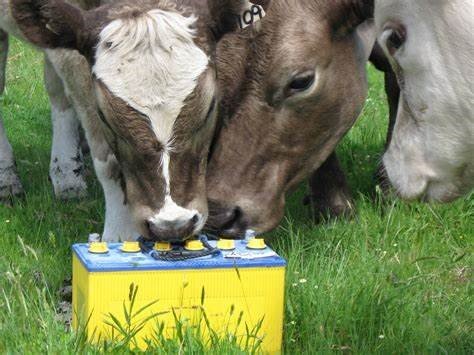Lead contamination of food-producing animals is potentially harmful to the health of humans and animals.
It can also have negative impacts on domestic and international trade. Often the first sign of lead poisoning is dead cattle. Some exposed cattle may have no signs, while signs of acute lead toxicity include staggering, muscle twitching, teeth grinding and blindness.
Young cattle can be particularly at-risk as they are inquisitive, and can easily find, lick and chew materials that may contain high levels of lead.
Most cases of lead poisoning in livestock are caused by old car batteries. This becomes particularly problematic during droughts when cattle move into new areas in search of feed or when cattle are grazed on travelling stock routes (TSR’s).
Cases of lead poisoning can be easily avoided by removing batteries from paddocks before cattle have access. Other prevention strategies include discarding deteriorating materials such as battery casing and peeling paints and fencing off areas of potential risk, such as old rubbish dumps and machinery holdings.
The NSW DPI and Local Land Services teams work closely with landholders to manage cases of lead-affected livestock to minimise the potential risk to the community.
For more information on lead poisoning in livestock check out the DPI Prime-fact on Lead affected cattle.
Producers concerned about the potential for lead poisoning in their livestock are asked to contact their District Veterinarian at Local Land Services on 1300 795 299
